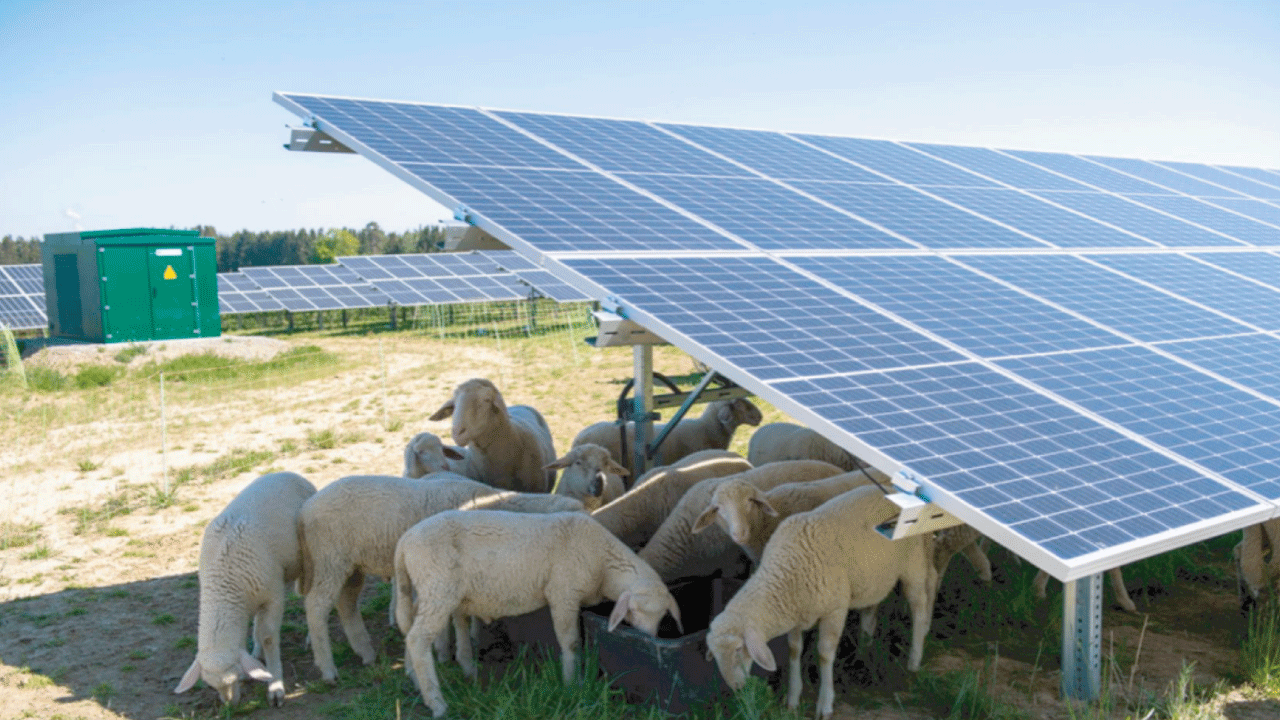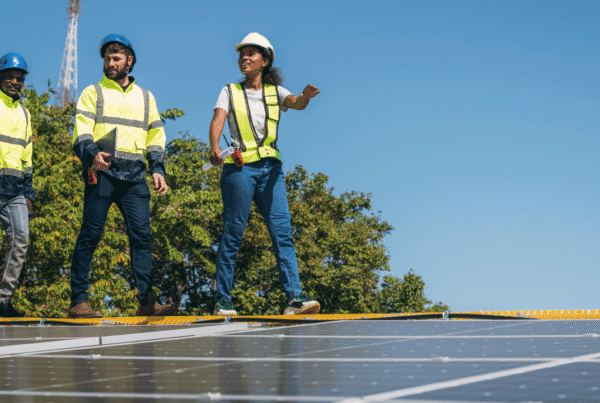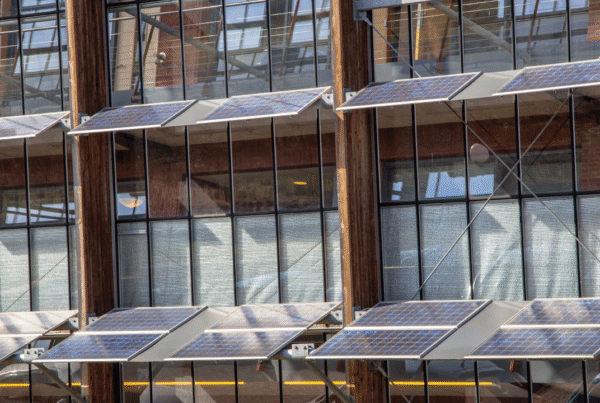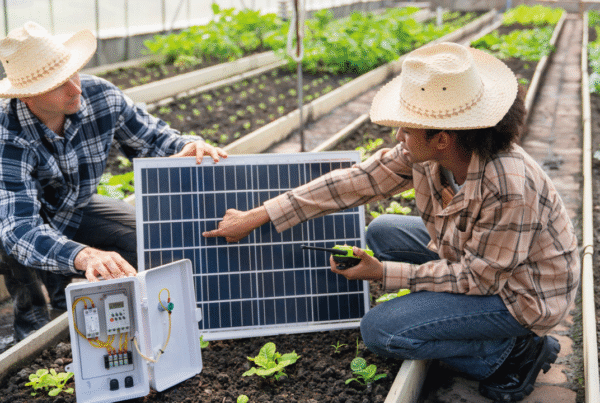
Beneath the panels, a cooler and more humid microclimate is created, which moderates temperature peaks and reduces soil evaporation, without completely blocking the light needed for photosynthesis.
Thanks to this combination, crops traditionally sensitive to extreme heat—such as lettuce and peppers—develop larger leaves and more uniform fruits, while maintaining uninterrupted photosynthetic activity. In arid regions, water savings reach levels unimaginable with conventional systems, as plants require less frequent and more precise irrigation. Likewise, vineyards and olive groves have shown more balanced ripening of grapes and olives, resulting in wines with more defined aromas and oils with more intense flavors.
The design of the agrivoltaic system plays a key role. The optimal spacing and height of the modules determine the distribution of light and shade throughout the day and across seasons. A well-calibrated structure ensures that crop rows remain shaded during peak radiation hours, without blocking light when plants need it most.
The integration of moisture sensors and thermometers distributed across the land enables precision irrigation and continuous monitoring of crop health. Agricultural tasks are coordinated with panel cleaning and maintenance activities, ensuring that neither electrical nor agricultural productivity is compromised. Additionally, crop rotation and the use of vegetative cover between module rows improve soil structure and prevent erosion.
Beyond agronomic benefits, agrivoltaic energy opens the door to new financing models that combine renewable energy incentives with agricultural subsidies. Collaboration with research centers drives the development of plant varieties adapted to partial shade and innovation in photovoltaic materials. It’s an opportunity for those seeking to maximize the performance of their land while reducing water and energy footprints.
——————————————–
Find out more news about the renewable energy sector on the Univergy Solar blog.







